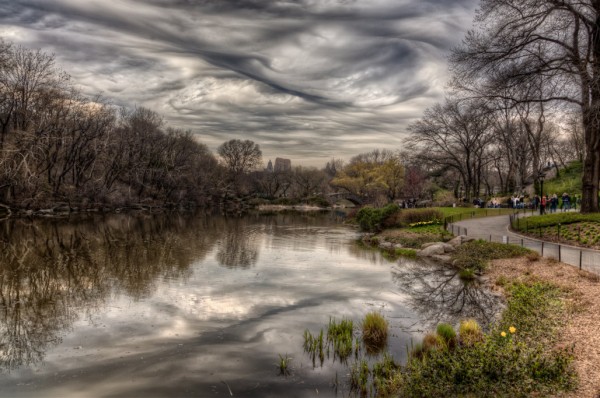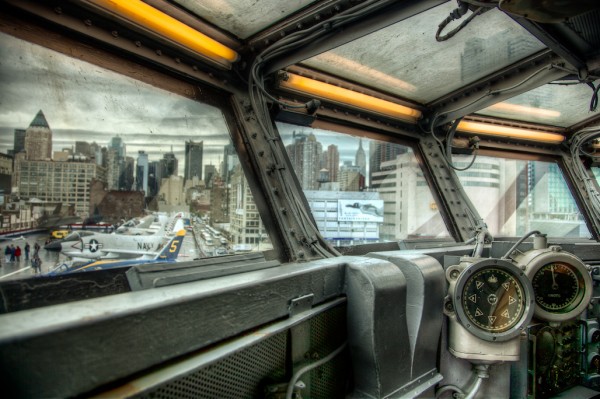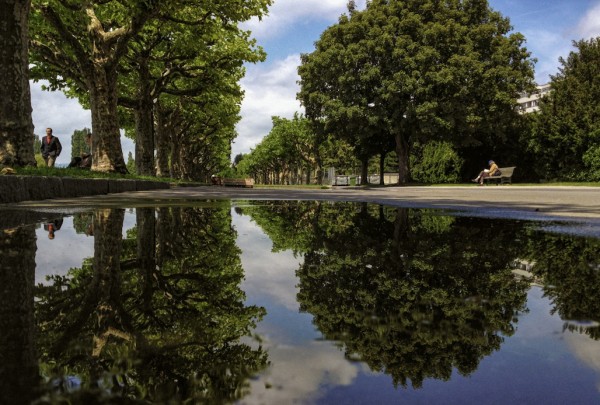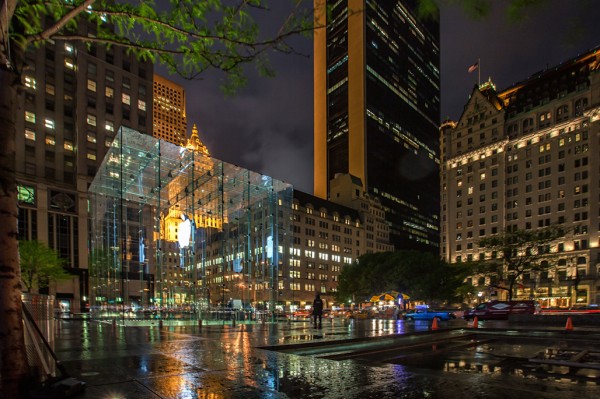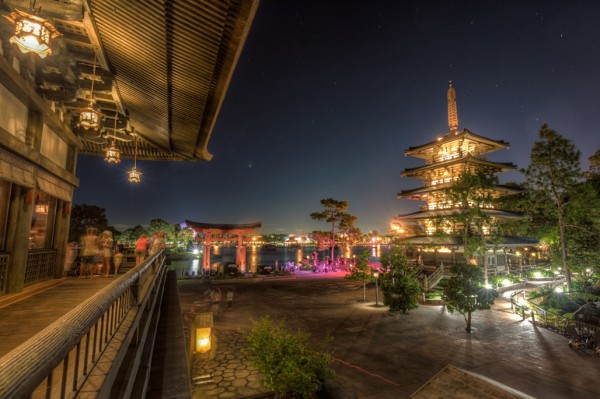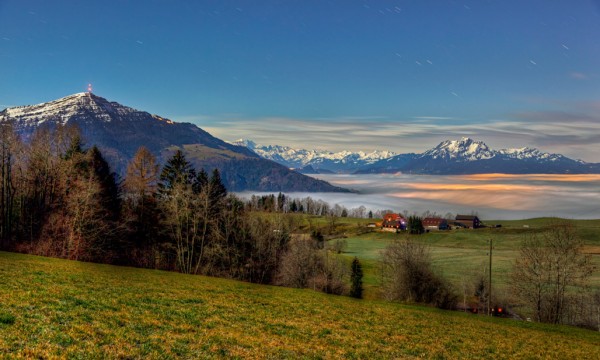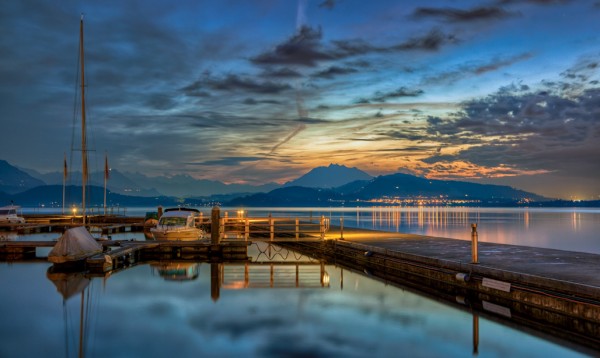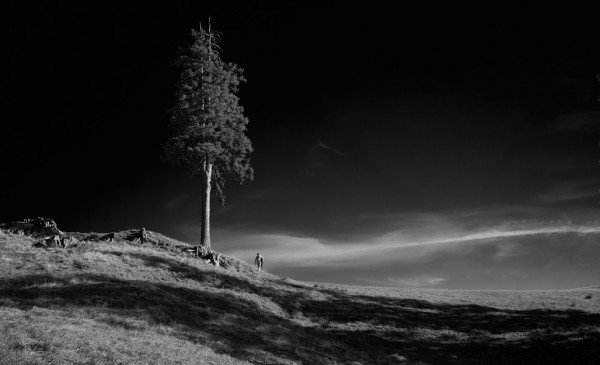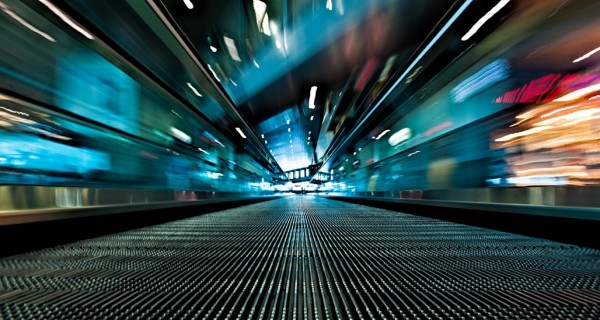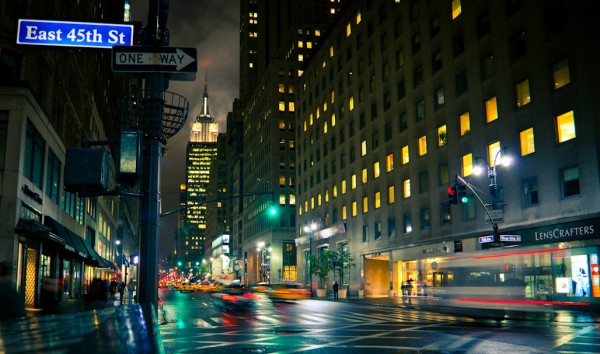Each Monday, we’ll highlight one indie photographer whose body of work deserves special recognition. Please enjoy their photography here, and make it a point to enjoy the rest of their work on their website.
This week the indie spotlight shines on Ingo Meckmann from Switzerland.  Ingo loves every aspect of photography but mostly shoots HDR landscapes; especially when he  travels.
Kit:
Ingo has been shooting Canon since he bought his first film SLR, the original Canon EOS Rebel, in 1991. Nowadays his main camera is the capable Canon EOS 5D Mark III but he also has a Leica M8 that he really loves and of course his ever-present backup, the iPhone, that has become his point-of-shoot camera of choice.
On checking the meta-data of his Lightroom library Ingo quickly determined that his most used lens during the past 12 months was the Canon EF16-35mm f/2.8L II, but despite that, his favorite lens is still the Canon TS-E17mm f/4L, Ingo reports that it is incredibly sharp if manually focused.
Workflow:
Ingo’s  HDR workflow has changed quite a bit since he upgraded from the 5D Mark II to the 5D Mark III.  He really love the new Auto Exposure Bracketing (AEB) feature that allow him to shoot up to 7 brackets instead of just 3 previously.  He now shoots the series of brackets much more quickly than before, on the Mark II he did it in M mode starting with the darkest exposure setting and changing the shutter-speed manually one stop until he got all details in the shadows.  Unfortunately, using this method, he often ended up with ghosting in the clouds. Ingo still shoots most of his HDR brackets in Manual mode but he can now shoot them in one burst which reduces the time between exposures dramatically leaving him with fewer ghosting problems in the sky areas.
Due to Ingo’s self admitted impatience, the instant he gets home from a shoot he immediately import his RAW files into Lightroom by converting them into DNG’s during the import process. He performs this conversion for two reasons:
- Filesize – DNG’s can save about 20% of diskspace compared to RAW files which adds up nicely with his 22 MP files.
- No sidecar files – Ingo has always hated the .XMP sidecar files that store the meta-data of the RAW files. The DNG files store all that information inside the file.
Ingo browses through the files after import and marks the ones he thinks are worth processing, but before he processes the DNG’s in his HDR processing tools, however, he applies the Auto Lens Profile and fixes any chromatic aberration.  Ingo does this step first because it’s much harder to fix chromatic aberration after creating the tonemapped version of the files.
Ingo’s HDR processing tool of choice is HDR Efex Pro by Nik Software, however, he doesn’t use the built-in presets but mostly relies on the default settings because he does most of the editing outside of HDR Efex Pro Nik’s Color Efex Pro 4 and Silver Efex Pro 2.
Tips, Tricks and Techniques:
If like me you are impressed with Ingo’s landscapes he has shared a few tips with us:
- When shooting landscapes find a strong foreground object or just move on until you find one.
- Back-Button AF: Change your camera settings to move the autofocus activation away from the shutter-release to a button on the back of the camera – it has changed my world and it will change yours, too.
- When shooting a range-finder camera like the Leica M series, always make sure to remove the lens cap before shooting. If you never shot a range-finder camera you won’t understand but if you did you know what I’m talking about… trust me (Hint: with range-finder cameras, you’re not looking through the lens.. got it?)
Lessons Learned:
Using these tried and true techniques and a methodical process Ingo achieves superb results most of the time and doesn’t rely on ‘happy accidents.’  the lesson to be learned here is to know your equipment and its capabilities and learn to use them to the maximum.
Inspiration:
Ingo has 2 photographers that he is really awestruck by the first of them being, Jeremy Cowart, an Entertainment/Music/Celebrity Photographer.
I really admire how he works with his subjects and the resulting work he is able to generate. I first heard about him in a class on KelbyTraining.com. He also is the founder of help-portrait.com, a community of photographers coming together across the world to use their photography skills to give back to their local community.
The second being, Patrick Smith, a San Francisco based Landscape Photographer.
His Golden-Gate Bridge Gigapixel Panoramas are absolutely mind-boggling – even more after reading how he created them by shooting 112 exposures over a 2 months period. I would love to shoot on the California coastline with Patrick one day.
What’s Next:
Though Ingo has tried many photographic genres from macro, product, portraits, sports, landscapes and architecture, shooting more environmental portraits is a goal of his. Â Also, one of the things on Ingo’s photography bucket list is to go to Iceland and shoot there for a week; some of the most epic landscape photographs he has seen photographs of have been shot there.

